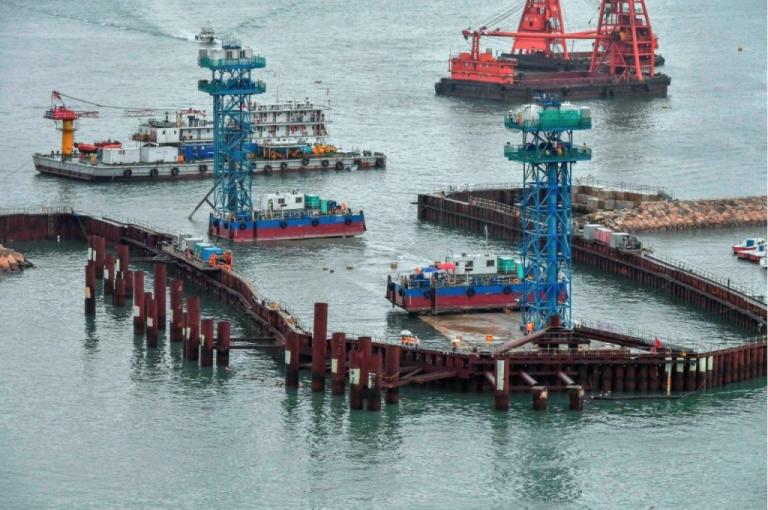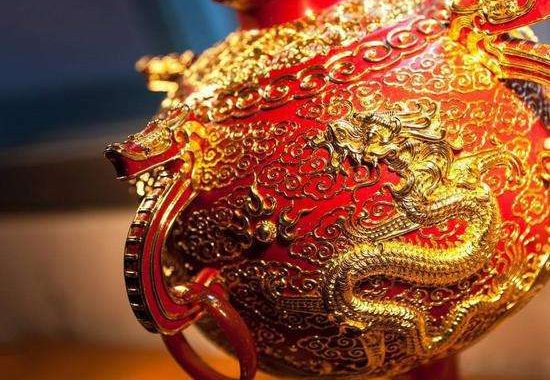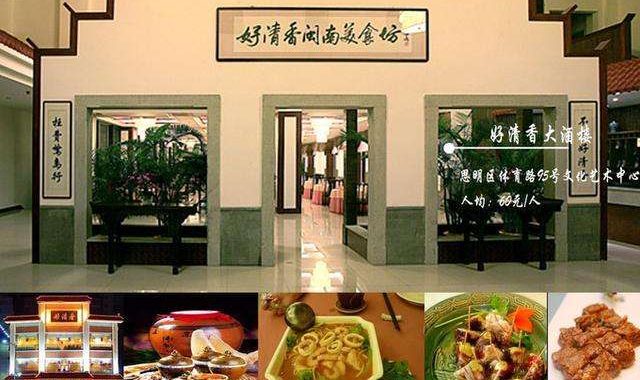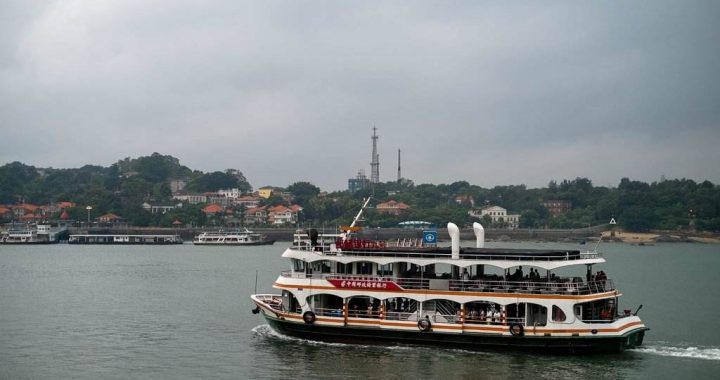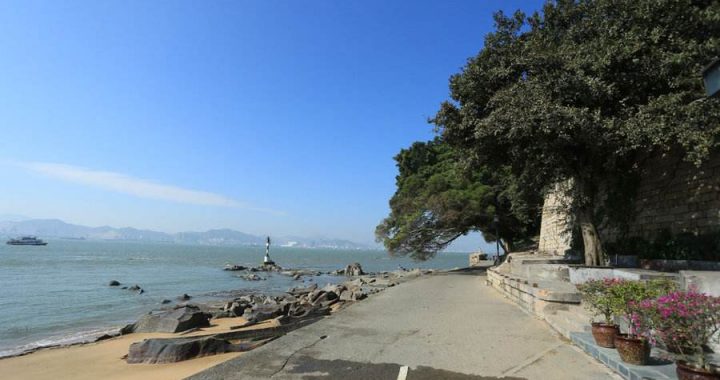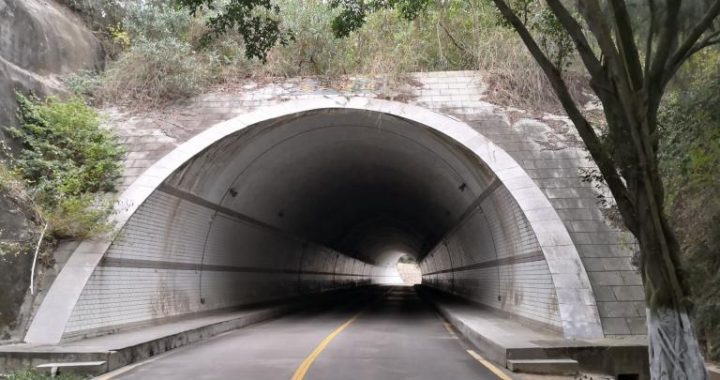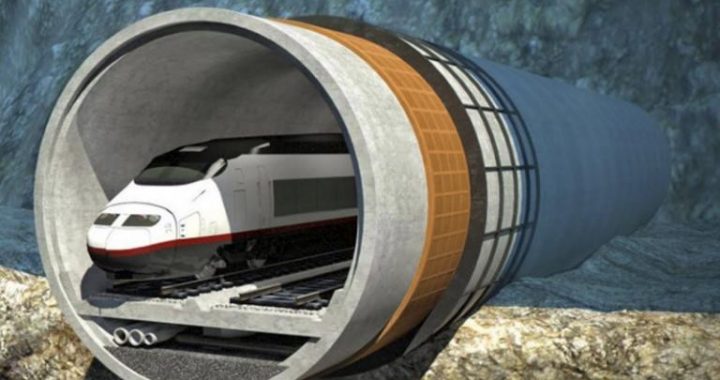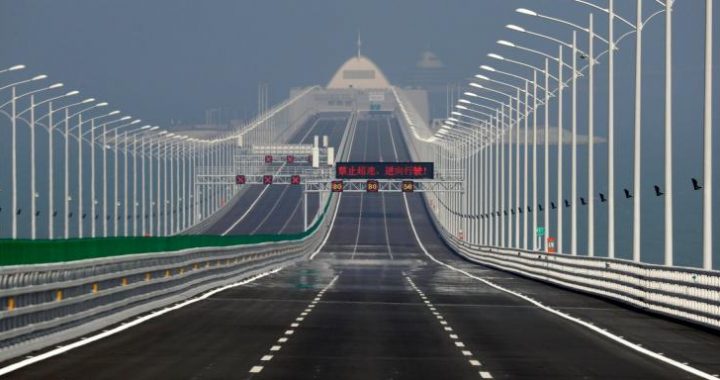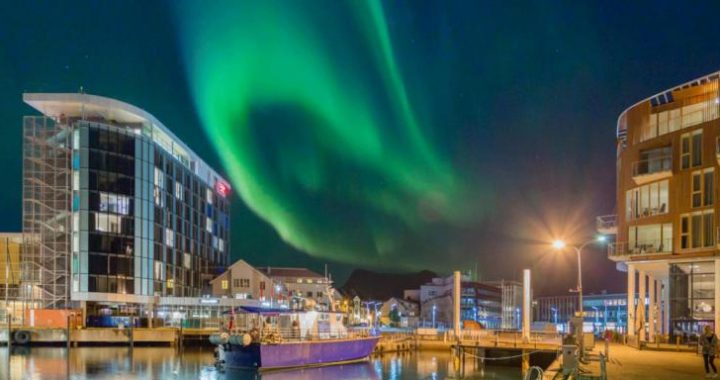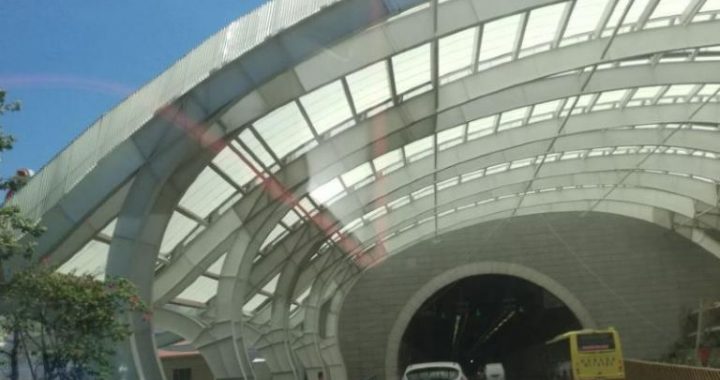Understanding the Cross Harbor Tunnel
6 min readUndersea tunnels were products of the times. Oceans divided the land into a number of areas which had different geological conditions, and so barriers to travel existed. Today, with advances in technology and the deepened ties among people’s lives and the economies, the construction of tunnels to connect continents has become important for enhancing economic opportunities.
Meanwhile, as the speed of urban development has gradually accelerated, the conflict betweenthe demand for more space in which traffic can operate and land resources has increasingly deepened. While underground transportation methods, such as the subway, have been built, the tunnel has entered the mainstream in the development and utilization of underground space. Those in the field of engineering believe that in the 19th and 20th century there was an era for building long, large bridges and high-rise buildings, but that the 21st century will be an era for building long tunnels and for engineering the development of underground space.
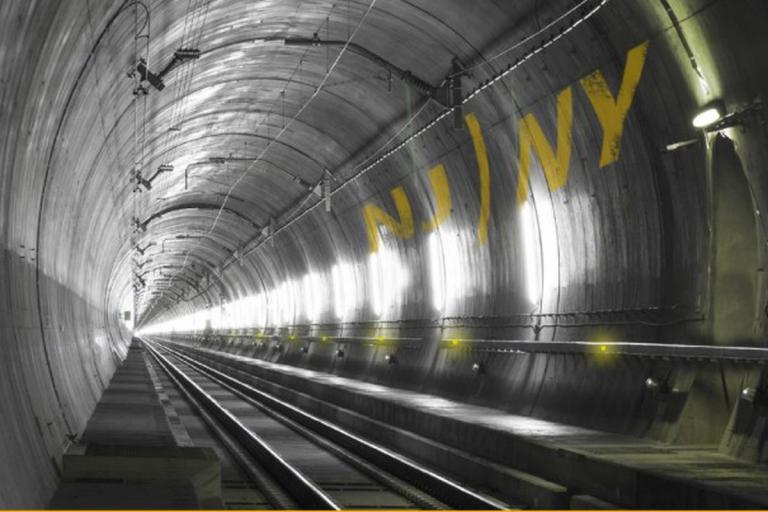
The undersea tunnel development idea can be traced back to the Eurotunnel which was proposed in 1751. However, limited by the technical and financial difficulties, this great idea did not become a reality until 1994. In the 1940s, Japan built the world’s first cross-strait tunnel(the construction started in 1939 and completed in 1944) in the Kanmon Straits. In the years after the 1970s,a large number of undersea tunnels were constructed in Japan, Norway, the United Kingdom, among others. In 1988, Japan constructed the Seikan Undersea Railway Tunnel crossing th Tsugaru Strait, with a total length of 53.85 km. The Seikan Tunnel in Japan and the Anglo-French Channel Tunnel were called the most ambitious tunnel constructions of the 20th century. Since the completion of the Seikan Tunnel, the enthusiasm for tunnel constructions to cross water straits around the world had been rapidly rising. Many ambitious plans for crossing straits, which were previously considered “dreams”, all finally became a “reality”.
Seikan Tunnel in Japan
It is a Shinkansen railway tunnel through the Tsugaru Strait, with a total length of 53.85 km, and a undersea segment length of 23.3 km, which used the drilling and blasting method during construction. The tunnel has a maximum depth under the sea of 240 m, and a water depth of about 140 m, an average thickness of the rock at the top of the tunnel of 100 m, and a designed maximum longitudinal slope of 12%. The tunnel consists of two main tunnels and an auxiliary tunnel. Themain tunnel has a two-lane horseshoe-shaped cross-section, with a diameter of 9.6 m. Paralleledwith the main tunnel, the auxiliary construction trench was located 30 m from the main tunnel.With a 5 m diameter, the auxiliary tunnel’s function was to conduct geological surveys, deal withany problems of water bursting into the main tunnel(water gushing) during construction, increase the working face, and act as a maintenance tunnel and ventilation tunnel after the completion of the whole tunnel. Six inclined shafts and 2 vertical shafts were constructed. The undersea segment of the tunnel project was officially started in 1972, the pilot tunnel was completed in 1983 and the tunnel was opened to traffic in March 1988.
The rock strata that the tunnel goes through are mainly made up of fractured volcanic and Meso-Cenozoic sedimentary rock and the underground water is composed of bedrock fissure water.Furthermore, there was always the possibility of water gushing through the fragile rock as a result of the fault lines and due to the pressure from the seawater. There were 9 large faults along undersea segment of the tunnel and as well as between 1 and 3 smaller faults for every kilometer of the tunnel. As you might imagine, the geological conditions made the building process very complicated.
During the construction of the Seikan Tunnel, in order to prevent water gushing, several precautionary measures were taken, such as drilling horizontal boreholes ahead of the main tunnel construction work, grouting reinforcement, etc., but the possibility of water gushing was still hard to detect. During the Seikan Tunnel’s construction, all the water gushing accidents occurred along fault lines despite the fault zones having had grouting reinforcement. There were four big main gushing accidents, which occurred during the construction process of the Seikan Tunnel. These accidents had a great impact to the construction work with the longest gushing accident taking nearly a year to handle.
The Channel Tunnel
The Channel Tunnel is the tunnel which best represents the use of the TBM(Tunnel Boring Machine) construction method. The tunnel has a total length of 50.5 km, with a undersea segment of 37 km. It has three parallel chambers, two of which are single-track railway tunnels, each with adiameter of 7.6 m, and situated 30 m away from each other. In the middle is the service channel, with a diameter of 4.8m. Each main tunnel has a single main railway track and a sidewalk. The service channel is used for ventilation, maintenance and overall security, and was also used for anticipating geological problems during the construction period.
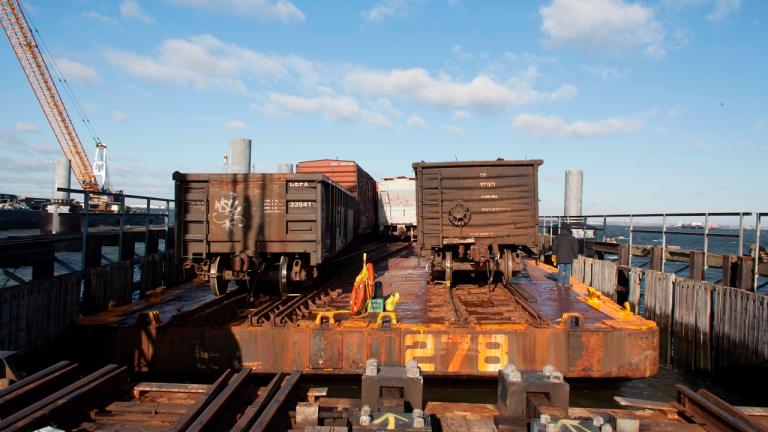
The tunnel lies 40-50 m below the seabed and 11 heading machines were used during the construction of the tunnel. Furthermore, the cross-segment and cross-channel adopted the drilling and blasting method during construction. The frame for the auxiliary equipment of the heading machine was several hundred meters long. When they worked around the clock, the rate of advance the tunnels construction reached 1,400 m per month, and it only took four years to cut a tunnel through the undersea rock. It was finally completed in 1994.
The Channel Tunnel line was demarcated in the 19th century based on the underlying blue chalk layer there. This kind of rock is strong but not too hard, and it is impermeable, which makes it ideal for tunneling. The English Channel was formed by ancient sedimentary strata, which was very stable. There were no faults, no signs of seismic activity, and no folding in the rock.
The Channel Tunnel construction site was the one of the largest construction sites seen in the 20th century. The plan was for the whole project to take seven years, but actually it only took fouryears, which was very short amount of time for such a large project. To complete the construction so quickly,11 sets of TBM were used simultaneously for the tunnel excavation. The teams on the TBM took continuous day and night shifts and there were five teams on each working face.
Denmark Storebaelt Channel Railway Tunnel
The Storebaelt Channel Railway Tunnel is 7.9 km long,7.26 km of which was constructed using the shield method, with the shield having a diameter of 8.782 m, and the tube sheet having a thickness of 0.4 m. The project was 18 km long, at a total cost equivalent to about 4 billion Yuan.There were two features of this project which are known as “World Firsts”: first, the large-scale drainage system was used to reduce the water pressure in the rock pores surrounding the route of the tunnel below the Storebaelt Channel, which made the main cross-channel tunnel construction easier and more convenient; second,a multi-stage protection strategy was adopted to ensure that the engineering structures had a lifetime of 100 years.
The outer diameter of the tunnel reached 8.5 m and every 20 m of the tunnel there was a permanent track landmark plate was set up in order to facilitate the laying of a permanent track, the erecting of the framework of overhead transmission lines, and the taking of simple regional measurements. The tunnel used lined-up sumps located in the lowest point of each tunnel to drain away the water. Furthermore, under normal operating conditions, no tunnel ventilation would be needed.
Undersea Tunnels in Hong Kong, China
5 undersea tunnels were constructed in Hong Kong in the 1970s and 1980s, including 3 road tunnels constructed using the immersed tube method, and 2 Hong Kong metro(MTR) line tunnels constructed using the TBM method. These tunnels were all about 1.5 km long. These tunnels included:
Road Traffic Tunnels:
1. Western Harbor Crossing, dual three-lane carriageway, immersed tube method;
2.Hung Hom Cross Harbor Tunnel,dual three-lane carriageway,immersed tube method;
3.Eastern Harbor Crossing,dual three-lane carriageway,immersed tube method.
Metro Line Tunnels:
1.MTR Central Link Tunnel,twin-tube boring machine(TBM)tunneling method;
2.MTR Tseung Kwan O Line Tunnel,twin-tube boring machine(TBM)tunneling method.
In addition,there were a number of water supply and sewage conveyance tunnels in Hong Kong,most of which were constructed using the TBM method.
From the tunnel construction process and the experience gained from building each of these tunnels,much was learnt.In fact,during the Xiang’an Tunnel construction process,the foreign experts who were consulted during these tunnel projects were also consulted during the Xiang’an tunnel project so that their knowledge could be used as a reference point in order to help the construction of China’s first undersea tunnel.
